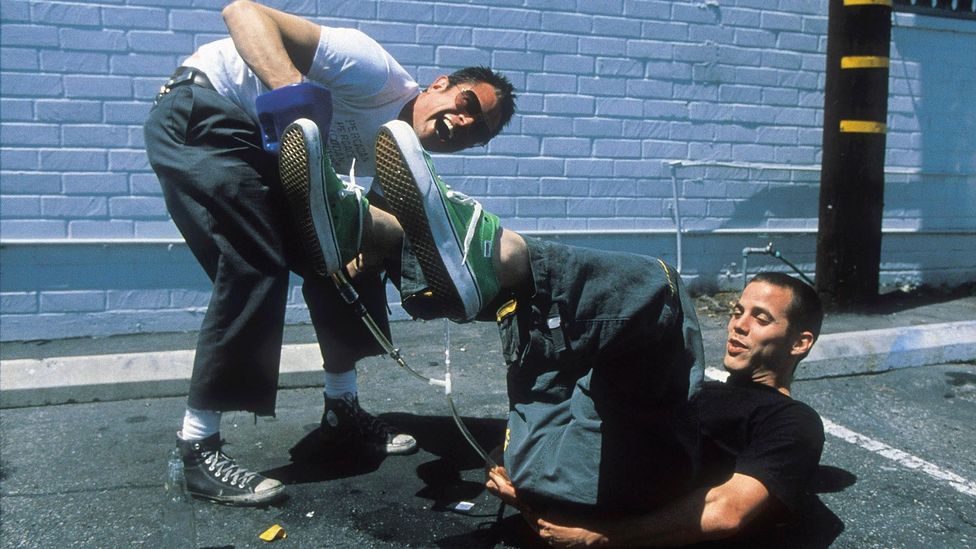T
The dawn of the new millennium brought about a sea of television shows which have since become universally beloved: Gilmore Girls, CSI: Crime Scene Investigation and Curb Your Enthusiasm all made their debut in 2000. However, with more and more homes accessing premium channels through cable and satellite subscription packages, appetites for fresh, innovative programming, alongside more traditional genres, were increasing: when the fly-on-the-wall social experiment Big Brother premiered in the Netherlands in 1999, then in the US, UK and a host of other countries a year later, it became an international sensation. Audiences weren’t just looking for sitcoms and glossy dramas anymore – in particular, they were interested in real people, or at least a facsimile.
More like this:
– The world’s most offensive sitcom?
– Why the Golden Girls is so treasured
Having found success throughout the 1990s with their pioneering reality television series The Real World, MTV had themselves sought to extend the television love affair with imitations of life. Shows such as Road Rules, FANatic and True Life all followed in The Real World’s footsteps, though all failed to achieve the same level of success. Fortunately for the studio execs, though, everything changed on an unassuming Sunday evening in October 2000, when they broadcast a 24-minute pilot episode of a new show they had recently picked up. In the pre-credits opening scene, a grinning face peers out from a comically large cannon, resembling Wile E Coyote from Looney Tunes. “Hi, I’m Johnny Knoxville,” he shouts to the camera. “Welcome to Jackass!” These seven words became a catchphrase still recognised some 20 years later, and marked the beginning of Jackass’s long life in an industry renowned for its fickleness.





